
The Duke and Duchess of Sussex’s baby son Archie has the surname his great-grandfather the Duke of Edinburgh was not permitted to give to his own children.
After Elizabeth II’s accession in 1952, the Queen declared that the royal family’s surname would still be Windsor and not Mountbatten, much to the Duke of Edinburgh’s annoyance.
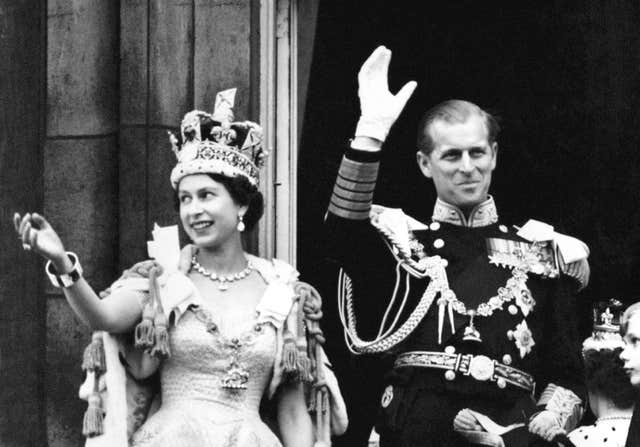
“I’m just a bloody amoeba,” he is said to have shouted, when learning his children would not bear his surname, complaining he was the only man in the country not allowed to do so.
In 1960, the Queen, in a gesture to her aggrieved husband, gave him a concession.
It was announced that the Queen’s direct descendants – other than those with the style of royal highness and the title of prince or princess – when they needed a surname would use Mountbatten-Windsor, although the royal house remained the House of Windsor.
Harry and Meghan have named their son Archie Harrison Mountbatten-Windsor.
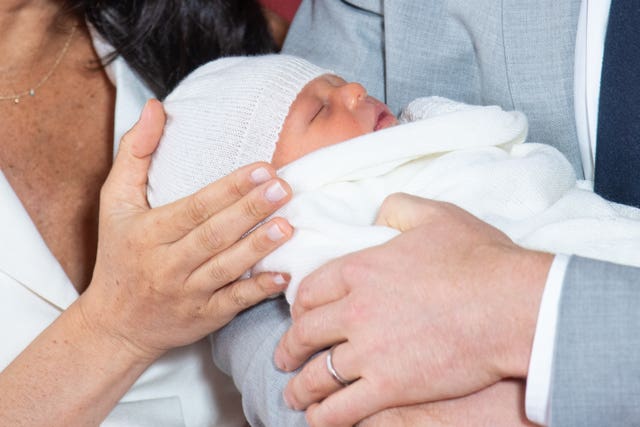
Royal author Penny Junor said: “I would think the Duke of Edinburgh would be absolutely thrilled with that.”
She added: “Archie is a lovely name, but the fact that they’ve chosen to call him Mountbatten-Windsor.
“Prince Philip was never allowed to call his children by his own surname.
“I think that’s a really nice tribute to Harry’s grandfather.”
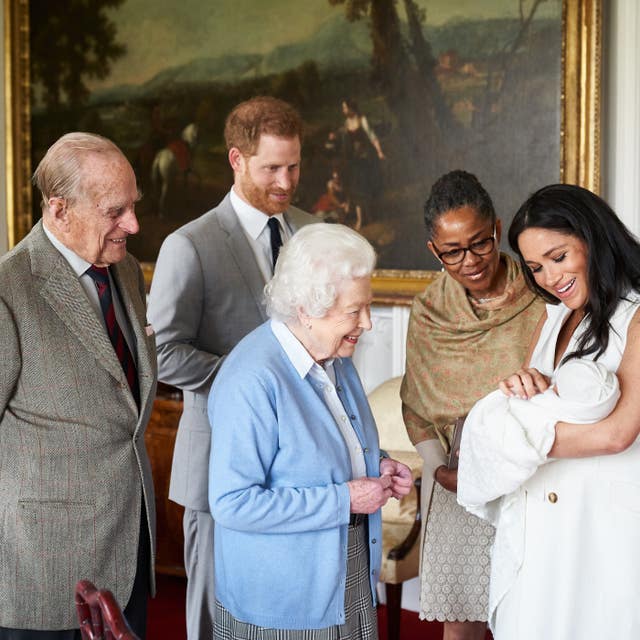
A delighted-looking Philip was pictured with his great-grandson, alongside the Queen, who was smiling broadly, and Harry and the duchess’s proud mother Doria Ragland, as Meghan showed off their baby in her arms.
The duke and duchess could have chosen for their son to use a courtesy title and become an earl instead.
The surname Mountbatten-Windsor first appeared on an official document in 1973, in the marriage register at Westminster Abbey for the wedding of Princess Anne to Captain Mark Phillips.
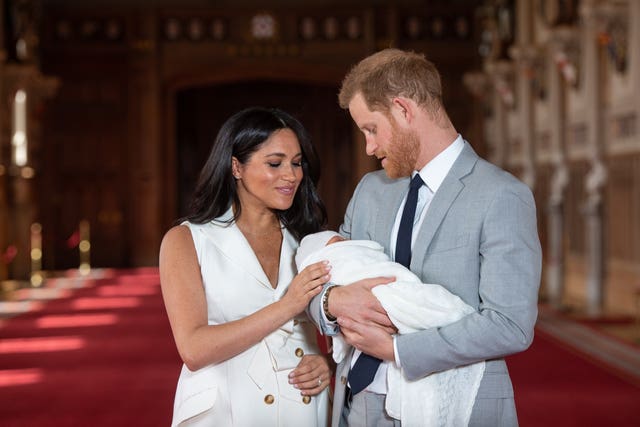
The Duke and Duchess of Cambridge used the surname during an invasion of privacy court case in France over photos taken of Kate while she was on holiday in 2012.
The Earl and Countess of Wessex’s 15-year-old daughter is Lady Louise Mountbatten-Windsor, although it was announced when her name was revealed in 2003 that she would be known as Lady Louise Windsor.
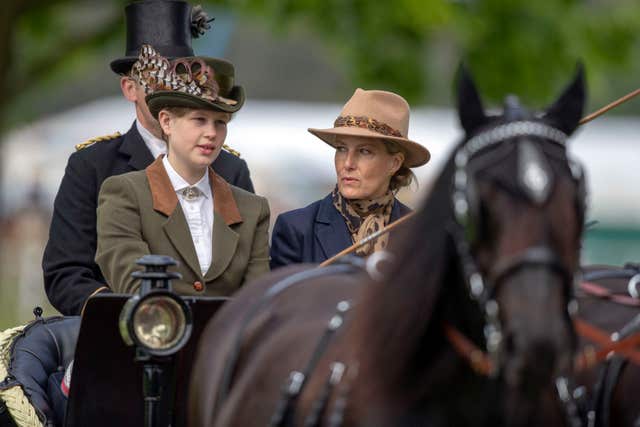
Philip became a naturalised British subject ahead of his 1947 wedding to Princess Elizabeth.
He ditched his surname Schleswig-Holstein-Sonderburg-Glucksburg – the family name of the Danish royal house from which his father was descended – for Mountbatten, an Anglicised version of Battenberg, his mother’s family name.
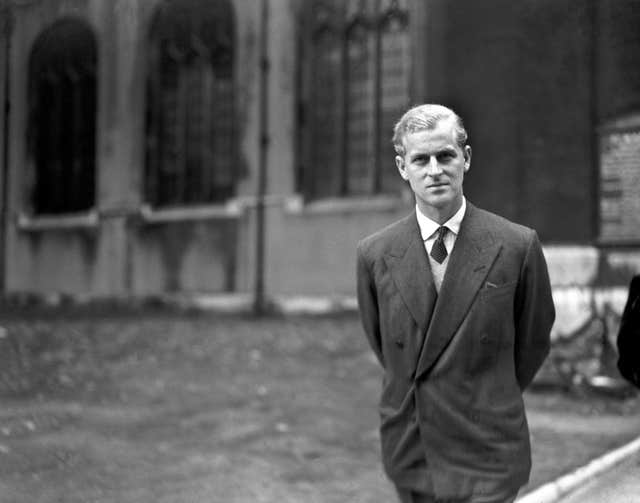
The royal family’s name was radically switched to Windsor more than 100 years ago because of anti-German feeling during the First World War.
King George V decided that it was inappropriate for the royals to hold the German name Saxe-Coburg-Gotha – which came to the family in 1840 with the marriage of Queen Victoria to Prince Albert – while Britain was fighting Germany.
On July 17 1917, the king issued a royal proclamation changing the royals’ house and surname, declaring that they would “be styled and known as the House and Family of Windsor”.


Comments: Our rules
We want our comments to be a lively and valuable part of our community - a place where readers can debate and engage with the most important local issues. The ability to comment on our stories is a privilege, not a right, however, and that privilege may be withdrawn if it is abused or misused.
Please report any comments that break our rules.
Read the rules hereLast Updated:
Report this comment Cancel